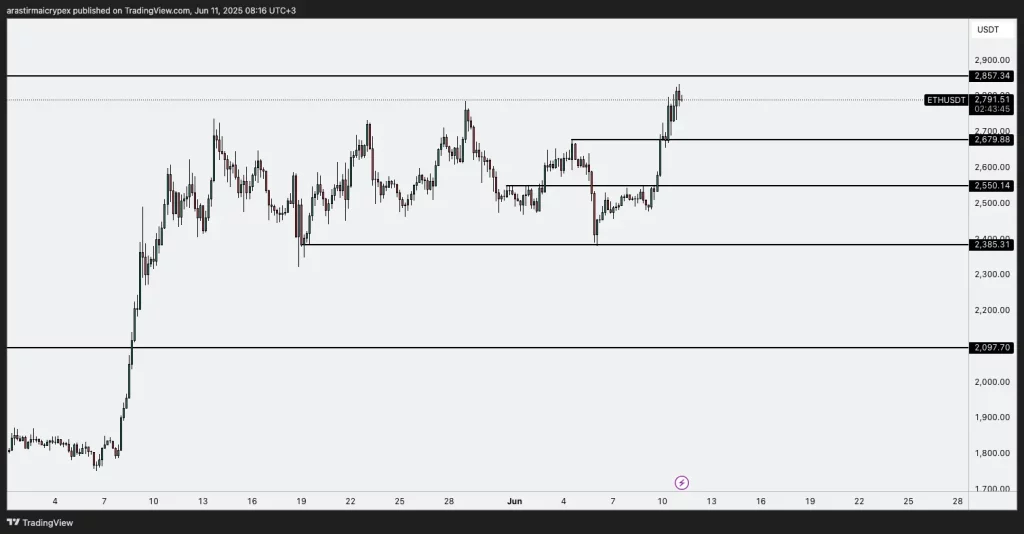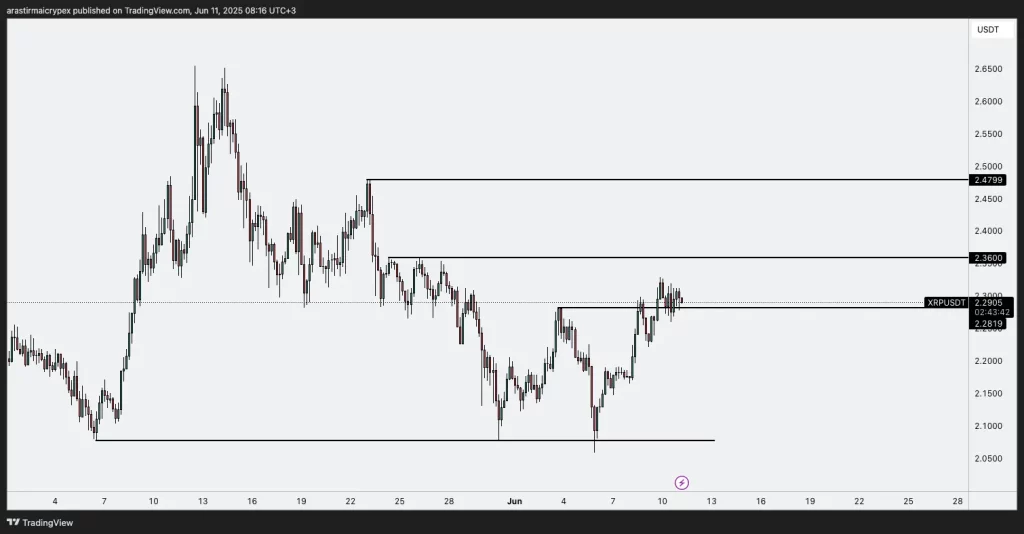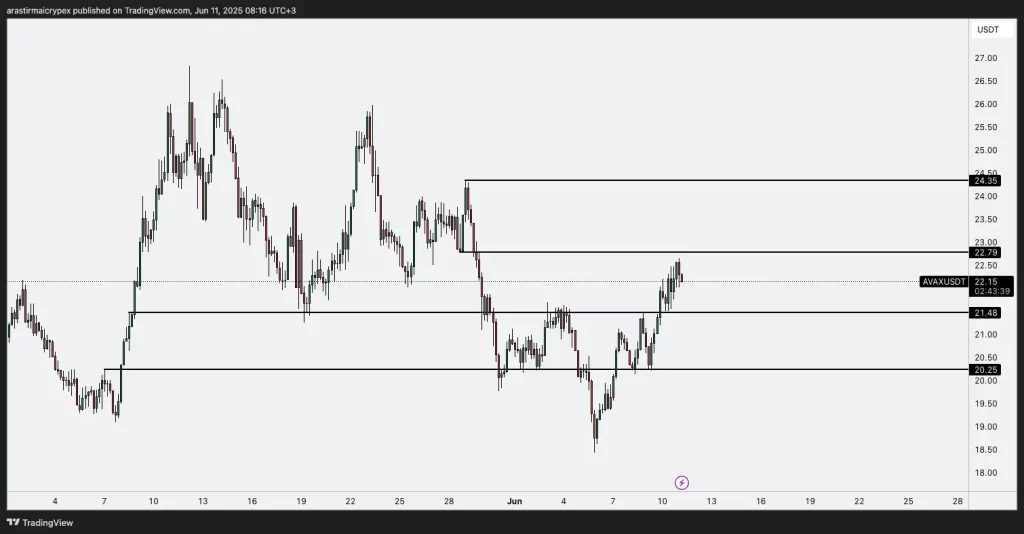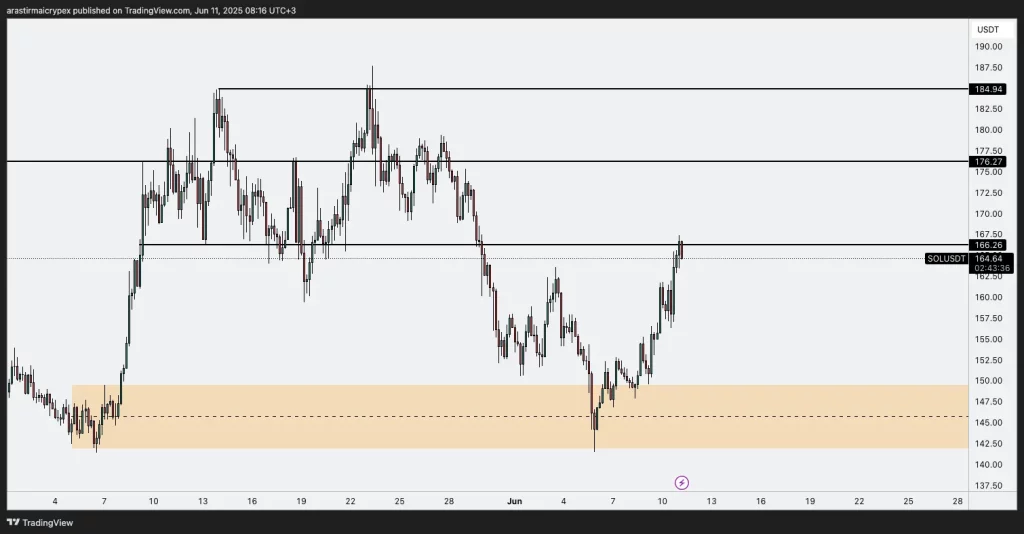CLARITY Act Advances in US – SEC Accelerates Solana ETF Applications, Approval Could Come in 5 Weeks
CLARITY Act Advances in the US
The US House of Representatives Agriculture Committee approved the “Digital Asset Market CLARITY Act” bill, which aims to bring clear regulations to crypto asset markets, by a vote of 47 to 6. The bill determines which regulatory body will oversee digital assets. Accordingly, digital commodities will be overseen by the CFTC (Commodity Futures Trading Commission), while securities will be overseen by the SEC (Securities and Exchange Commission).
Committee Chairman Glenn Thompson stated that the bill would provide regulatory clarity to the market and increase investor protection. However, some changes have caused controversy; in particular, the article granting the SEC the authority to unilaterally declare tokens as “securities” was criticized on the grounds that it could re-create the uncertainties that the bill aims to resolve. Following the bill, the GENIUS Act, which includes stablecoin regulation, may be put to the vote.
SEC Accelerates Solana ETF Applications, Approval Could Come in 5 Weeks
The U.S. Securities and Exchange Commission (SEC) asked Solana ETF applicants to submit revised S-1 forms within a week. The SEC is expected to respond to these new applications within 30 days. According to some sources, the regulatory agency also looks favorably on ETF structures that include limited staking. In this case, it is predicted that approval could come in early July.
Major companies such as VanEck, Grayscale, Fidelity, Bitwise and Canary Capital have applied for the Solana ETF. Grayscale plans to convert its existing Solana Trust into an ETF. According to Bloomberg analysts, REX Shares’ staking ETF applications for Ethereum and Solana were effective in the SEC’s acceleration of the process. The fact that new applications are made in the “C-Corp” format also contributes to the rapid approval process.
Canary Capital Takes Steps for Staked Injective ETF
Fund manager Canary Capital has established a foundation in Delaware for an exchange-traded fund (ETF) based on the Injective (INJ) token and aiming to offer staking returns. The structure established under the name “Canary Staked INJ ETF” is interpreted as the first step taken for crypto ETFs in the US. Although an official application has not yet been made to the SEC, this development caused an increase in the INJ price.
The Injective network focuses on areas such as artificial intelligence agents and tokenization of real assets. A similar product was launched in Europe by 21Shares. However, the US Securities and Exchange Commission (SEC) is hesitant about ETFs that include staking due to legal uncertainties. Analysts still believe these hurdles can be overcome.
Blockchain Group Gets $11 Billion Authorization for Bitcoin Purchases
Blockchain Group has received authorization to accelerate its aggressive Bitcoin purchase strategy by raising up to $11 billion with shareholder approval. At the general meeting on June 10, more than 95% of investors representing 39% of the voting rights supported all decisions. This authorization allows the company to raise capital from public or private markets and issue securities without granting a preemptive right.
The company has a portfolio of 1,471 BTC to date as part of its BTC purchase program, which it launched at the beginning of June. The new funds will be used to triple these purchases. CEO Casadepax-Soulet stated that this move will accelerate its “Bitcoin Treasury Company” strategies. Newly appointed Vice President Alexandre Laizet will be responsible for BTC strategy.
Trump-Backed American Bitcoin Accumulates 215 BTC, On Track for IPO
American Bitcoin (ABTC), backed by Donald Trump’s sons Eric and Donald Jr., has quietly accumulated 215 BTC since it launched in April. This reserve, worth over $23 million, forms the basis of the company’s long-term strategy to own Bitcoin. ABTC positions mining as a means of direct accumulation, not just production.
ABTC conducts its mining operations through data centers managed by Hut 8, rather than its own facilities. The company, which provides a hashrate of 10.17 EH/s with over 60,000 devices, is pursuing a low-cost growth strategy. ABTC, which uses Coinbase Custody for storage security, plans to merge with Gryphon Digital Mining and go public in the near future. After the merger, Eric Trump will take a seat on the company’s board of directors.
French Giant Launches Dollar-Backed Stablecoin on Ethereum and Solana
French banking giant Societe Generale has announced that it will launch a US dollar-pegged stablecoin called USD CoinVertible (USDCV) on the Ethereum and Solana blockchains. The coin will be issued by the bank’s crypto subsidiary SG-Forge, with reserves held by New York-based BNY Mellon. With the move, Societe Generale could become the first major European bank to launch a dollar stablecoin.
SG-Forge CEO Jean-Marc Stenger said the dollar-backed product was a “natural step” given the dominance of the US dollar in the stablecoin market. USDCV and SG-Forge’s previous product, EURCV, are classified as Electronic Money Tokens (EMTs) under the European Union’s MiCA regulations. The stablecoin market exceeding $ 250 billion and the advancement of global regulations are increasing the interest of traditional banks in this area.
Cardano Brings Bitcoin Liquidity to DeFi with Cardinal
Cardano announced its new protocol Cardinal in order to integrate Bitcoin into the world of decentralized finance (DeFi). Thanks to this protocol, Bitcoin is wrapped in a way that can be used in decentralized applications and becomes transferable on the Cardano network. The system increases both security and programmability with multi-signature (MuSig2) and BitVMX technologies.
Cardinal, which is not yet ready for full production, nevertheless successfully completed the first wrapping transactions. Cardano founder Charles Hoskinson and CTO Roman Pellerin stated that the development of the protocol is ongoing and that version 1.0 will come soon. Cardinal takes an innovative cross-chain step by enabling Bitcoin and DeFi interaction without the need for a central bridge or custodian.
South Korea’s License Move for Stablecoins
South Korean lawmaker Min Byeong-deok has proposed the “Digital Asset Basic Law”, which includes comprehensive regulations for crypto assets. The bill specifically requires licensing for stablecoin issuers and requires a minimum capital of 500 million Korean won. This step comes in line with newly elected President Lee Jae-myung’s promise to support the Korean won-based stablecoin market.
The new law complements the existing crypto law that came into effect in 2024 and provides a comprehensive framework ranging from the definition of digital assets to service provider regulation. The bill also calls for the establishment of a Digital Asset Committee to operate under presidential oversight and for imposing penalties for unfair practices in the crypto market.
Bitcoin Developers Prepare to Increase OP_RETURN Data Limit to 4MB
With the Bitcoin Core 30 update, the data limit of the OP_RETURN function, which allows text, images, and documents to be stored on the Bitcoin blockchain, will be increased from 80 bytes to 4 megabytes. The update is scheduled to be released on October 30, 2025. The decision was confirmed by developer Gloria Zhao and published on GitHub with the support of 31 developers.
OP_RETURN triggered the NFT-like Ordinals trend in 2023, leading to the saving of media files to the chain. However, the data limit increase has divided the Bitcoin community amid concerns that the blockchain will be “spammed with non-financial content.”
Critics argue that the move undermines Bitcoin’s mission as “sound money,” while advocates argue that the change will expand Bitcoin’s use cases. “Bitcoin users should be able to decide for themselves how they want to use the chain,” developer Peter Todd said.
———————————————————————————————
BITCOIN(BTC)
The BTC price is trading at 109.475 levels, while the critical resistance point in the short term has been determined as 111.861. If this resistance level is broken, the upward move is likely to continue and strengthen. In case of possible pullbacks, supports at 107.319 and 105.778 should be closely monitored, respectively. In case of a deeper correction, support at 101.315 will be very important.

ETHEREUM(ETH)
ETH price is in a strong uptrend and is traded at 2,791. The first important resistance is at 2,857 and if this level is broken, upward momentum can be expected to increase. In possible pullbacks, 2.679 and 2.550 levels should be followed as support, respectively.

RIPPLE(XRP)
The XRP price is consolidating just above the 2.2819 support. For the continuation of the upward movement, the 2.3600 resistance must first be broken. If it stays above this level, the target area will be the 2.4799 resistance. In downward movements, the 2.2819 level is important as a critical support point in the short term.

AVALANCHE(AVAX)
AVAX price continues to gather strength above the 21.48 support. If the upward momentum continues, the 22.79 level will stand out as a critical resistance. If this level is broken, the next target will be the 24.35 resistance. On the downside, if 21.48 is broken, the price may pull back towards the 20.25 support.

SOLANA(SOL)
SOL price has reached the 166.26 level, which is determined as an important resistance area. If this area is exceeded, the upward movement may gain momentum and move towards the 176.27 and 184.94 resistance levels, respectively. In case of possible pullbacks, the 150-155 band, which is seen as a strong support area, gains importance.
